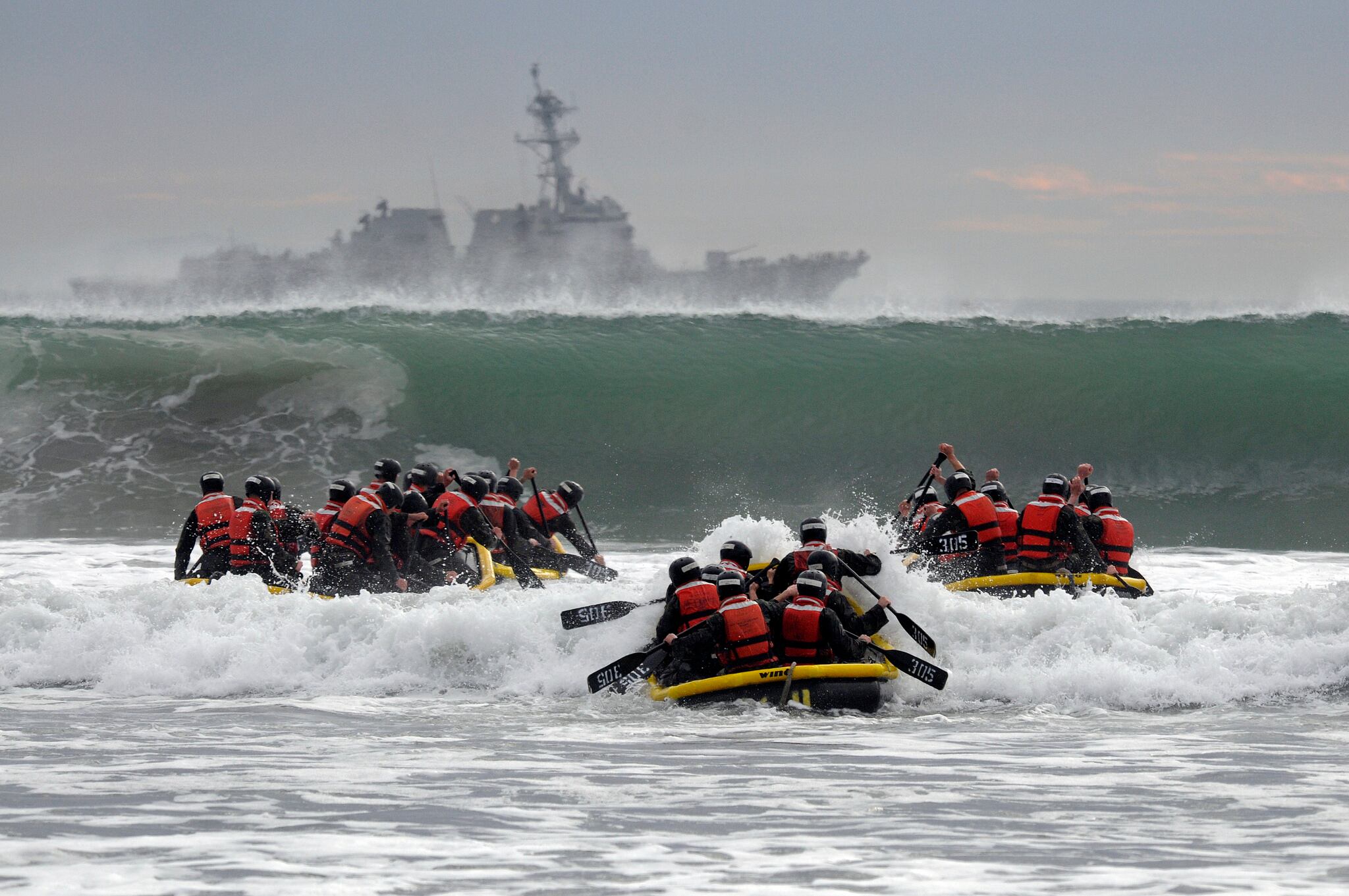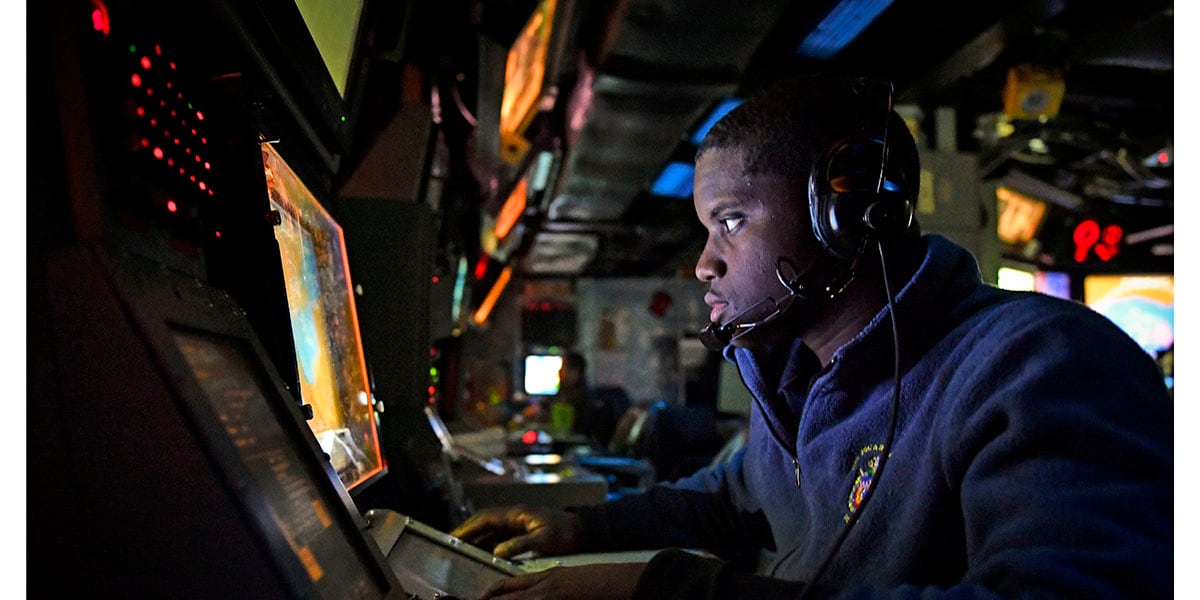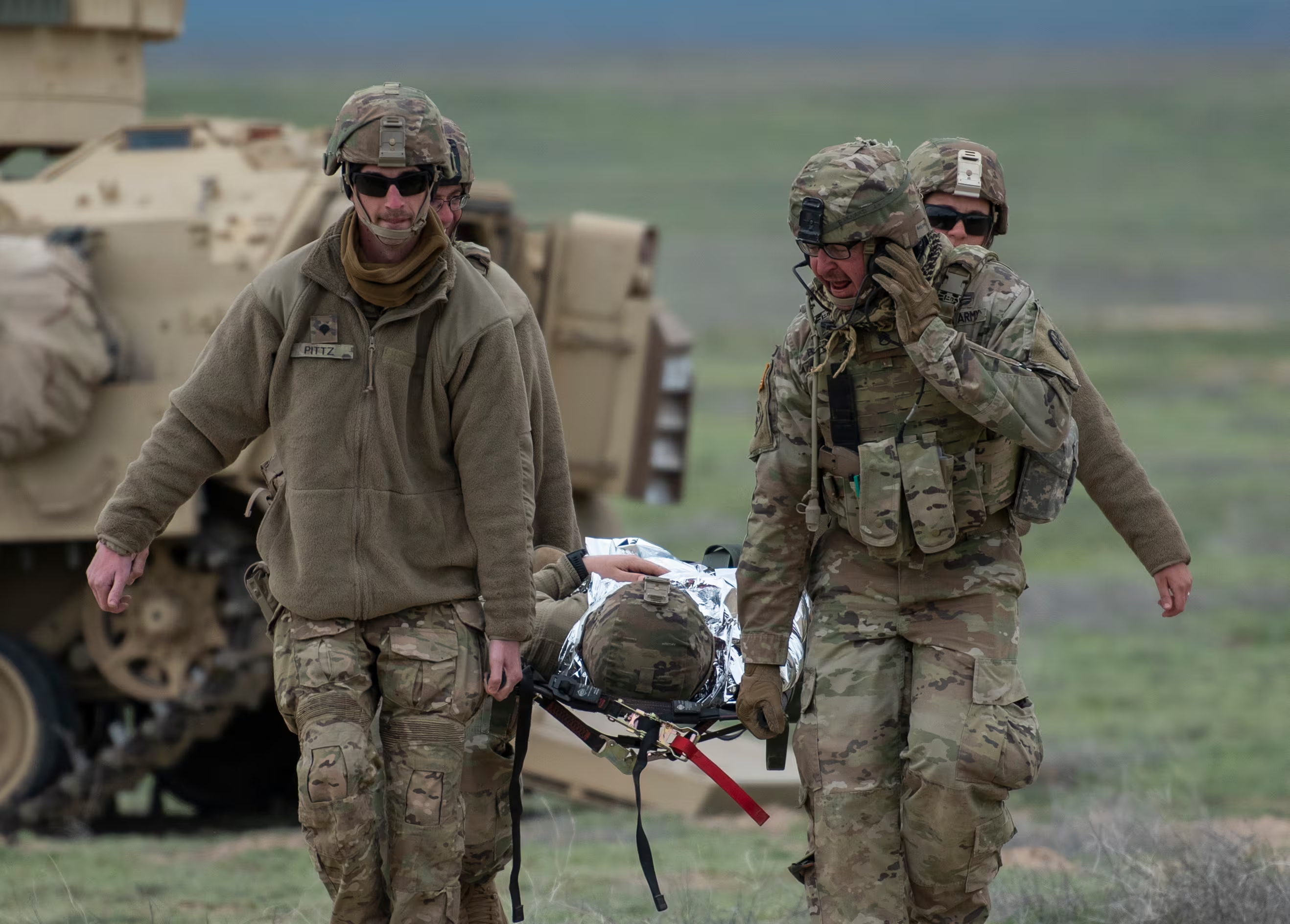Norfolk — Navy officials say they’ve launched a high tech trainer that finally gives shipboard Combat Information Center teams the most realistic education possible, short of actual combat.
Officially, it’s called the “Combined Integrated Air and Missile Defense and Anti-Submarine Warfare Trainer” and it started teaching sailors on Monday.
Located near the piers at Naval Station Norfolk, it’s a twin facility to the trainer that opened in San Diego in December.
The combined price tag for both trainers was about $150 million.
“This enables us to train in a realistic high fidelity facility to get our people competent, confident and proficient to fight at the high end," said Rear Adm. Jesse Wilson, the commander of Naval Surface Force Atlantic.
"All the ships on the waterfront will go through this.”
RELATED

A sailor entering it would realize quickly that it’s a larger version of a Combat Information Center, although the operator consoles are grouped the same way they’re on a warship.
The extra space lets instructors move from station to station in the CIC.
On the wall are flat panel displays flowing with data and video footage for the scenario playing out.
“If you want to get to know your system, then you want to come here and spend some time,” said Aegis Fire Controlman 1st Class Jessica Himmelberger, who served on board the guided-missile destroyer Mahan before becoming an instructor at the Center for Combat Systems last year.
“It’s extremely realistic," she continued. "We have the exact same capabilities that a ship has and we can do the same things and there’s sounds that go off when we fire missiles. So far it’s been exactly the same, if not better, than when I ran scenarios on board ship.”
It’s like going through the same firing procedures a CIC would encounter at sea, but here there’s no need for clunky fail safes to make sure live missiles in the tubes don’t accidentally go off.
“When you’re training on a ship, there’s safety measures that you obviously put in place because there’s ordnance on board,” said Center for Combat Systems director Capt. Dave Stoner.
“You’re integrating many different systems here, because it’s a pure training environment. You can train to the full tactical capability of the system in a way that just can’t be done on the ship.”
He would know. He commanded a destroyer and a cruiser.

Combat at sea might give a CIC team only one chance to get it right, but here entire scenarios are recorded. An instructor can play it all back to see what went wrong or to find out which watchstanders made the best calls.
“This is now game tape,” Stoner said. “Let’s see what happened.”
Stoner said that sailors can hear the voices of watchstanders going through their cadence and “see what they saw on the screens” before dissecting the decisions individuals at their consoles made.
Once they figure out where they erred, they can “come right back in here and roll through that again,” something warships at sea really can’t do, he said.
In the trainer, CIC teams learn to fight together and leaders assess their strengths and weaknesses so they can tailor training plans and shipboard procedures to overcome potential problems.
Rear Adm. Wilson said that scheduling the simulator training will prioritize crews slated to deploy or watchstanders who need extra help the most.
“Right now we’re designed for, you know, a Monday through Friday, one shift operation,” Wilson said, but noted that it “can be expanded with additional personnel” and “multiple shifts, if necessary, to meet the the demand.“
In development for several years, the trainers aren’t part of the Navy’s response to the 2017 collisions of the guided-missile destroyers Fitzgerald and McCain, but Wilson believes they become part of the solution.
“We have our naval ship handling trainer that really gets at the teamwork that would be more related to the Fitz and McCain scenarios,” Wilson said. “But in the same vein, there is communication and teamwork aspects in warfighting that happens in combat, that this facility helps us get to it.”
Mark D. Faram is a former reporter for Navy Times. He was a senior writer covering personnel, cultural and historical issues. A nine-year active duty Navy veteran, Faram served from 1978 to 1987 as a Navy Diver and photographer.




